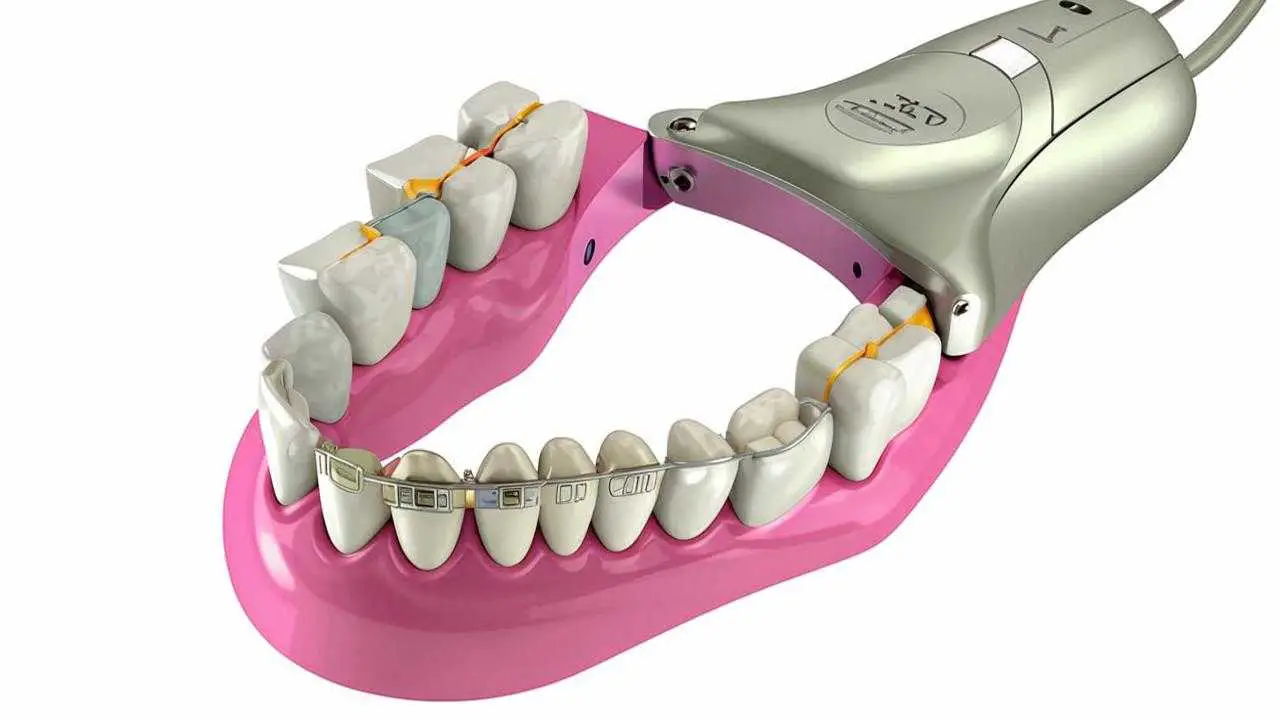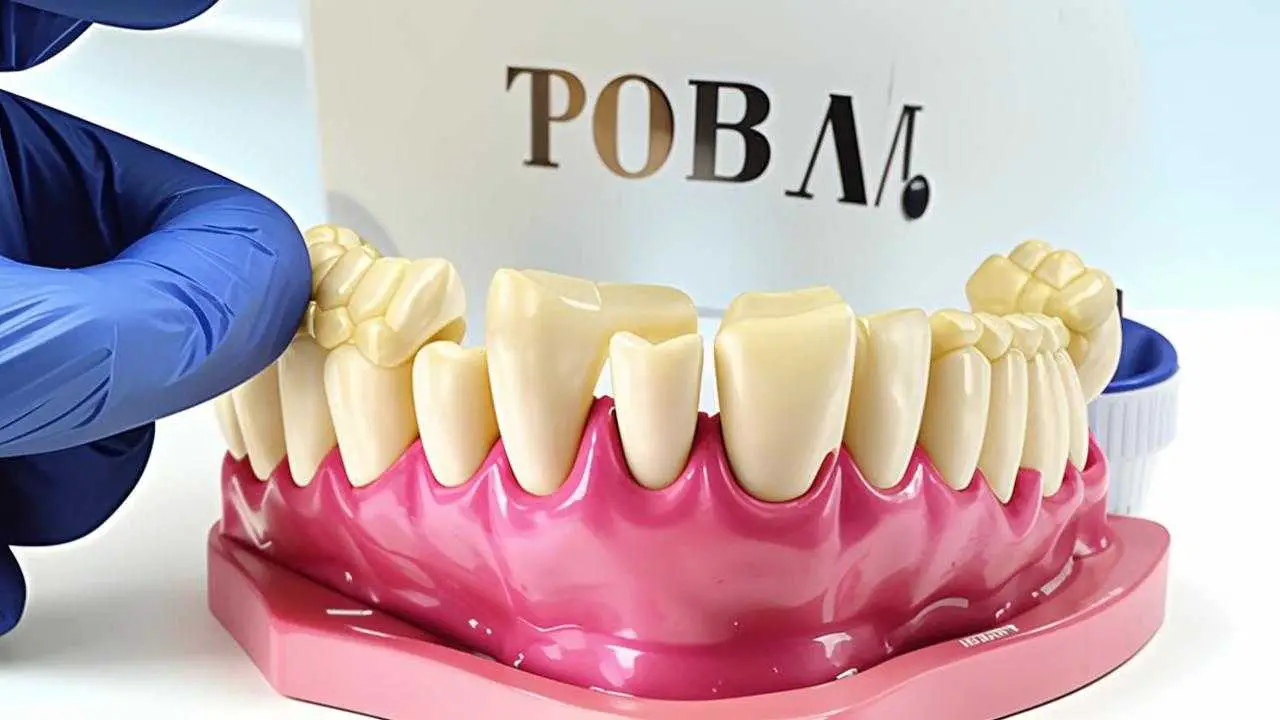Normally healthy teeth have a small mobility due to the elasticity of the ligamentous apparatus and the need to cushion the chewing load. Physiologic mobility is 0.06 – 0.15 mm, absolutely imperceptible to a person. Excessive mobility that is noticeable when pressing on the tooth is an anomaly that requires dental intervention. Even if the mobile tooth looks normal, does not hurt, loosening indicates a violation of the gingival connection, which is fraught with the loss of a dental unit.
Pathologic tooth mobility occurs with various dental problems or trauma. What to do if a tooth is wobbly? Go to the dentist. Timely diagnosis and treatment will preserve the integrity of the tooth row, restoring the functioning of the ligamentous apparatus. The method of treatment is selected according to the degree of severity of the defect, the area of location, the presence of concomitant factors. Specialists of the RUTT clinic in Moscow after a comprehensive diagnosis will choose the treatment taking into account the clinical picture and indications for this or that method.
Symptoms
The main symptom is the same – when pressing on the tooth, it shifts to the right-left or forward-backward. Associated symptoms depend on the cause of the mobility and may include:
- bad breath;
- red, bleeding, swollen, painful gums;
- heavy dental deposits;
- itchy, burning gums;
- tooth wobbles and hurts when pressed;
- gingival recession (exposure of the tooth neck);
- pathologic abrasion of enamel;
- muscle hypertonicity;
- symptoms of intoxication – headache, fever, nausea, etc.
All causes are accompanied by appropriate symptomatology – the tooth loosened after hearing a characteristic crunch, it is most likely a longitudinal or scalp fracture of the root. A healthy tooth is loose – more often it indicates occlusal, mechanical trauma. Wobbling several dental units in a row – this is a manifestation of periodontal pathologies (periodontal disease, periodontitis).
Causes of tooth mobility
The roots of the teeth are located in the wells (alveoli), they are firmly connected periodontium – a layer of connective tissue, collagen fibers, nerves and vessels. It is the periodontium that provides the necessary cushioning of the dentition, allowing the units to shift in different planes, dampening chewing pressure. The periodontium is part of the periodontal tissues like the gums, ligaments, cementum, and bone surrounding the roots. If the connections between the alveolus, periodontium, and tooth root are compromised, the dental units begin to move beyond normal movement. The causes of such changes are:
- inflammation and destructive changes in the periodontium (periodontitis, periodontal disease, periodontitis);
- dental diseases (flux, cysts, etc.);
- chronic systemic diseases (osteoporosis, diabetes mellitus, thyroid dysfunction and other diseases accompanied by metabolic disorders, blood circulation, tissue regeneration);
- bite anomalies, uneven pressure on one tooth or a group of elements (occlusal trauma);
- bruxism;
- trauma to the jaw (contusion, fracture);
- prosthetic errors (improperly fitted dentures, implants);
- damage caused by hard food;
- large interdental spaces (teeth begin to shift towards the empty space);
- age-related changes (puberty, menopause, pregnancy and lactation, advanced age);
- bad habits;
- prolonged use of certain medications.
Natural mobility associated with age occurs exclusively in children, when milk teeth are replaced by permanent teeth. If the root tooth in an adult is wobbly, it is a matter of pathology. The cause may be an incorrect redistribution of masticatory loads, disease, and not necessarily dental. Increased mobility can be observed against the background of orthodontic treatment. To eliminate it and stabilize the result of correction, after removal of braces or eliners, retention devices (retainers) are used.
Degrees of mobility
- I – the tooth deviates back and forth from neighboring units by no more than 1 mm, there are no symptoms from the periodontium or gums;
- II – the amplitude of rocking back and forth to the side by 1 mm and more, the enamel is expressed tartar, plaques, possible redness, swelling, bleeding and soreness of the gingiva;
- III – the teeth are strongly shaking in any direction at a slight pressure with the tongue or chewing, the amplitude of displacement significantly exceeds 1 mm;
- IV – the tooth shifts in all planes, rotates around the axis, barely holds in the gingival tissue.
Pathological mobility of any degree requires complex treatment. If the tooth is located in the gum, the periodontium and the well are preserved, the process is reversible. Strongly wobbly dental units begin to wobble with neglected periodontitis or periodontal disease. With deep damage to the periodontium, weakening and destruction of the ligamentous apparatus, bone atrophy, it may be necessary to extract the tooth with subsequent implantation, prosthetics.
Diagnosis
Diagnosis begins with the collection of anamnesis. The dentist finds out when the tooth began to wobble badly, whether it has happened before, what chronic diseases the patient has. Next, a dental examination of the oral cavity is carried out, the general condition of the tooth row, periodontium is assessed. The degree of precariousness is assessed by subjective sensations of the patient and the dentist. The doctor checks the direction and magnitude of deviation using tweezers:
- the instrument is applied to the upper part of the dental crown, moving in different directions;
- to detect vertical or circular displacement, the crown is clamped, gently lifted up, rotated.
In addition, X-ray diagnostics is performed: orthopantomogram, CT scan, targeted imaging to detect periodontal pathologies, trauma, assess the depth of tissue damage. Based on the results, effective treatment is selected. If mobility is caused by a chronic disease, the treatment involves a specialized specialist (endocrinologist, therapist, rheumatologist, etc.). Why are the lower teeth wobbling, what is associated with the mobility of the upper incisor – the doctor will be able to accurately answer these questions after a comprehensive dental examination.
Treatment methods
The treatment scheme and the volume of medical manipulations are selected according to the somatic status of the patient. Eliminate the inflammatory process, conduct professional oral hygiene, prescribe antimicrobial therapy. Treatment of mobility is aimed at eliminating the underlying cause that led to the weakening of the ligamentous apparatus. If it is periodontal disease, then treat the infection and inflammation, in case of malocclusion, orthodontic treatment is carried out, in case of trauma – the application of a temporary splint.
Treatment includes various methods, including crown grinding, normalization of occlusion, splinting and prosthetics.
- By correcting the bite, the load on the periodontium is normalized and the teeth become more stable in the cavities.
- Strengthen the wobbly teeth in the gum in bruxism or clenching will help to wear a special mouth guard that prevents clenching or grinding of the tooth rows.
- With physiological changes correct the hormonal background, nutrition, conduct vitamin therapy, strengthen immunity.
- In case of trauma on the tooth row is installed a special device – splint, which helps to fix the loose units, properly distribute the load between healthy and injured teeth.
In some cases, it is impossible to save a wobbly tooth. A direct indication for extraction is mobility of 3-4 degree with bone loss of 70%, jawbone atrophy of more than 50% with pulp damage. In such situations, it is advisable to remove the wobbly tooth, preserving the bone tissue for subsequent implantation.
Dental splinting
The method is aimed at strengthening the dental units in the gum, preventing their further loosening. The essence of manipulation – combining mobile units in one block with healthy ones with a special fixing structure. Splinting can be temporary(up to 1-3 months), long-term(up to 1 year), permanent. Splints are divided into:
- removable – mouth guards, braces;
- fixed – tape, fiberglass or aramid thread, crowns, post inlays (intradental splints), cap splints.
An effective option is splinting with fiberglass, aesthetic nanomaterials, or ceramics. A strong, translucent white-colored tape or thread is fixed to the inner surface of the teeth with a light-curing composite. The material is biocompatible with the human body, does not absorb saliva, does not enter into chemical reactions, firmly adheres to the enamel, reliably holds the units in position.
With temporary splinting, the design is fixed for several months. This option is used with a mild form of periodontitis, periodontitis, to consolidate the result of orthodontic correction or mobility caused by trauma. Permanent splint is installed in the treatment of periodontitis of moderate severity, the presence of voids in the row (removed or fallen out units). The fixation structure is replaced with a new one every 4-5 years, sometimes more often (as indicated).
Splinting braces
A brace is a metal base (arch) with a plastic gum and artificial crowns. Since the design has an attachment for each dental unit, the prosthesis can replace several lost teeth, while splinting the loosened elements. This method is used in the treatment of medium severity pathologies, when in addition to the mobile units, there are healthy units that support the prosthesis.
Splinting with crowns
Teeth are depulped, root canals are filled, they are ground down and crowns made of strong material (metal-ceramic, ceramic, etc.) are fixed on them. This method is characterized by high reliability, long service life. The elements under the crowns are firmly bonded together, completely immobile.
Auxiliary therapy
The main treatment provides auxiliary therapy aimed at preventing further loosening of the teeth. It includes:
- prescription of anti-inflammatory drugs, vitamins, biostimulants;
- ointments, gels to strengthen the gums;
- antibiotic therapy;
- systematic professional cleaning of teeth;
- physiotherapy (electrophoresis, plasmolifting, etc.);
- gum massage.
If the front tooth wobbles after a blow or several lower units have become mobile against the background of bleeding gums – treatment should begin as soon as possible. Complex therapy in the early stages around the mobile element will help to form healthy tissue, providing reliable retention of the tooth in the gum. In complex, neglected cases, with 4 degrees of mobility is advisable extraction with subsequent prosthetics.
Treatment at home
Folk methods can be used exclusively with the main therapy. Home treatment is aimed at strengthening the gums, relieving inflammation. For this purpose, decoctions of medicinal herbs, antiseptic solutions, special films for applications with antimicrobial, wound-healing, anti-inflammatory action are used.
Prevention
To prevent tooth mobility, it is necessary to observe careful oral hygiene, use brushes and pastes recommended by the doctor. Do not forget to use floss, irrigator, rinse your mouth after eating. Regular visits to the dentist (every 6 months) for preventive examinations, professional cleaning, will help to detect pathology at the initial stage, avoid complications, keep a healthy smile.



